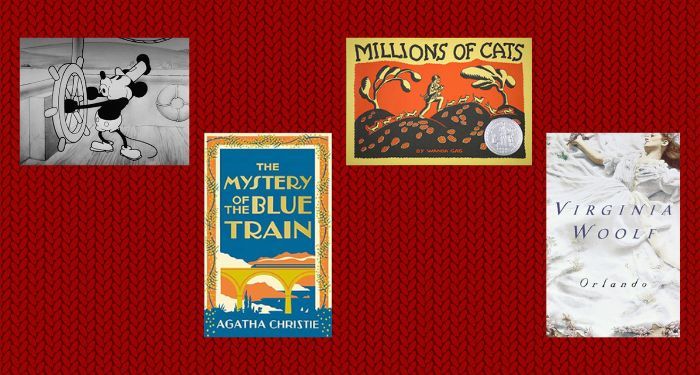In the United States, the first of the year is not only a traditional celebration of New Year, but it’s also an interesting opportunity for book lovers — those who read and those who create — to discover what books will be entering the public domain. The public domain refers to the creative works that are no longer subject to copyright laws. These are things that can be accessed freely by anyone and used, revamped, reimagined, and remixed in any imaginable way. Remember that horror take on Winnie the Pooh from last year? We have the public domain to thank for that.
Books that enter the public domain also become easier to access for readers. Often, they’ll be included in Project Gutenberg and/or recorded to audio in creative and freely available ways.
In the United States, the copyright of a creative work is owned by the person who made it. There are some exceptions to the kinds of materials subject to copyright — you can’t, for example, copyright a title — but the people who own the copyright have the capacity to do with the item what they wish. This might include selling it themselves or licensing it so other people can be creative with it. Disney, for example, can license the likeness of a character to a clothing creator, and that would be fine; you, as an average person, cannot use the likeness of most Disney characters to sell your own line of tumblers or keychains — and indeed, Disney not only is one of the companies likely to go after those who violate their copyright but Disney is also going to see one of their own characters fall into the public domain in 2024.
Copyright in the U.S. has a term limit, though, and that’s where the public domain comes in. Generally, a creative work’s copyright is the lifetime of an individual, plus 70 years. At least, that’s the case for creative works published after 1978, and there are exceptions to this, which you can learn about here. Prior to the law designating the creator’s life + 70 years, most items created in a specific year are those that fall into the public domain. In general, the works entering the public domain in 2024 were those published in 1928. Confused yet? That’s common and partially thanks to a little company called Disney.
Public domain and copyright laws differ across the world. What applies in the U.S. may not apply in your country. Because of the confusion over public domain, it is always worth double, triple, and quadruple checking before you attempt to use any of these for your own purposes.
So, what books will enter the public domain in 2024? It’s an interesting mix worth diving into. There are a lot of British authors and classics finally opening up in the U.S., including works by D. H. Lawrence, Virginia Woolf, and Agatha Christie. You likely will have surmised as much, but this is going to be a list heavily dominated by white male authors, given the circumstances of publishing in the late 1920s.
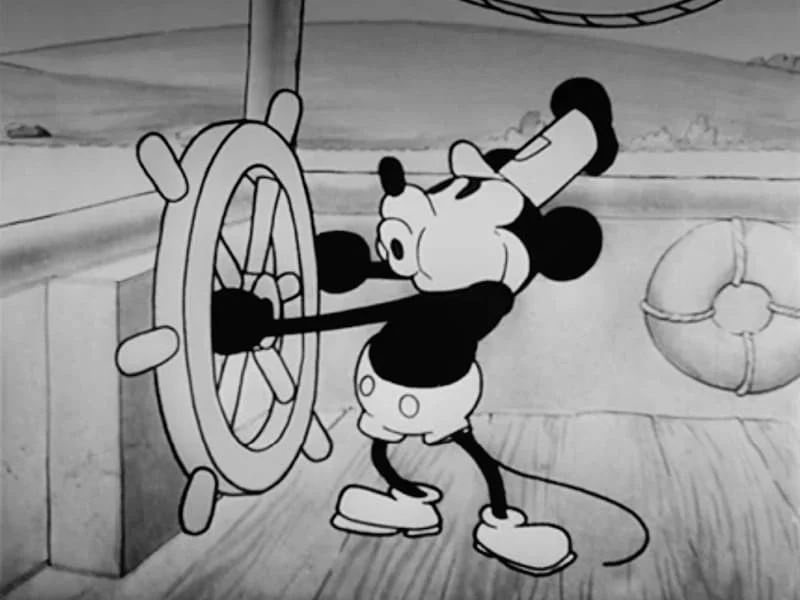
Early Mickey Mouse and Minnie Mouse via Steamboat Willie
So, we’re going to begin with the thing that isn’t a book but is pretty huge in the world of public domain. If you’ve ever looked into copyright or the public domain, Disney has been one of the loudest voices in the room for extending copyrights. The company has fought hard to protect its rights to Mickey and his crew, but in 2024, some of the characters will fall into the public domain.
This does not mean you can grab any Disney character and run with it. The public domain applies only to the version of Mickey from the film Steamboat Willie, which is the film whose copyright will end.
Speaking of cartoon characters, recall how Winnie the Pooh recently became public domain? His pal Tigger joins him in 2024 as public domain, too. That’s thanks to the book The House at Pooh Corner being out of copyright now, too.
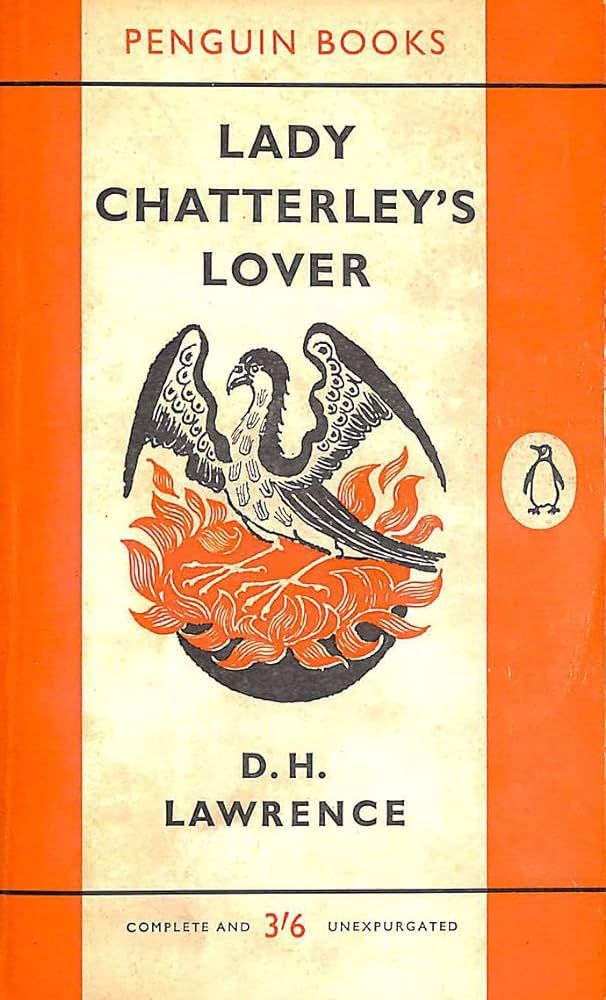
Lady Chatterley’s Lover by D. H. Lawrence
One of the most controversial books in American history and one with a lasting legacy tied up with beliefs and moral posturing over obscenity, Lawrence’s last novel hits the public domain in 2024. The book was first published in Italy, then in England, but became the subject of book bans in several countries across the world. It is a book about a relationship between an upper-class woman and a working-class man.
Get to know the history of the book, how it became one of the bestselling romances of all time, and how, even though it is lauded as a feminist classic, it perpetuates some harmful ableist tropes.
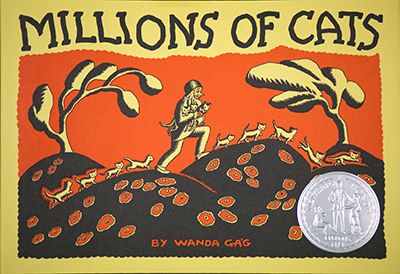
Millions of Cats by Wanda Gág
The oldest American children’s book to still be in print and one of the early winners of the prestigious Newbery Honor Award is, of course, a book about cats. It enters the public domain this year. Watching what, if anything, happens to this particular title will be interesting. Will it go out of print because of how it can be accessed, or will it take on a whole new life and continue to sell well enough to be in print?
Maybe it’ll even encourage a whole new wave of clever cat books for kids.
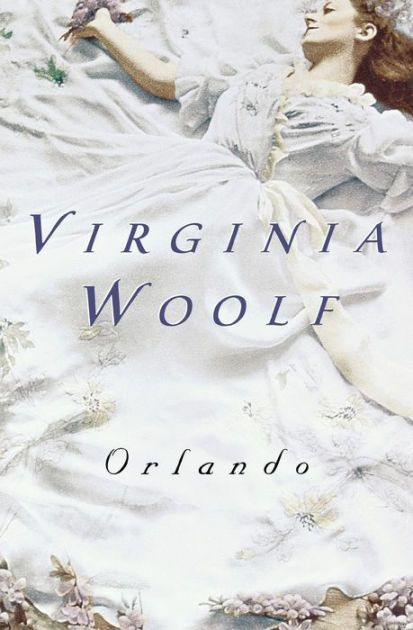
Orlando by Virginia Woolf
One of Woolf’s most popular works is one that has been called not only a feminist classic but among the most influential queer works in history. The story follows a man who lives as a woman and travels through history to meet several legends of English literature along the way.
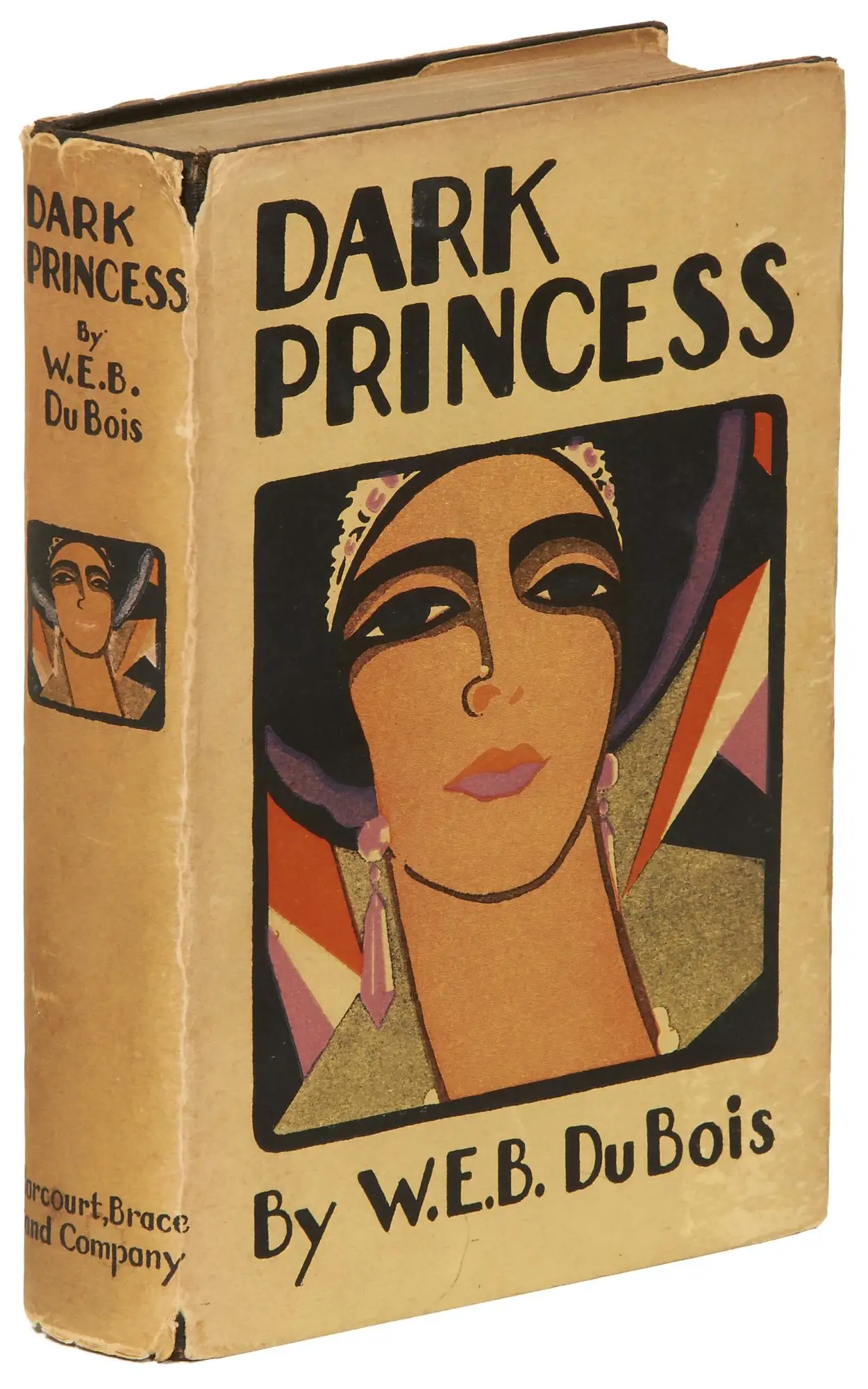
Dark Princess by W.E.B. DuBois
Known for his activism, as well as his contributions to Black art and expression. DuBois called Dark Princess one of his personal favorite works. It is a story about a young African prince looking to find and establish race solidarity across the world and the challenges therein; it is also a romance with a love affair at its center.
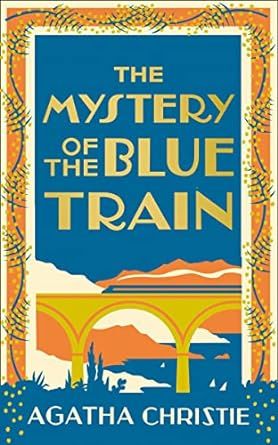
The Mystery of the Blue Train by Agatha Christie
This is one of the Poirot novels and follows the story of an American heiress who is murdered aboard the Blue Train. It was well reviewed both in Europe and the U.S., though it is an entry into Christie’s catalog the author considered among her least favorite.
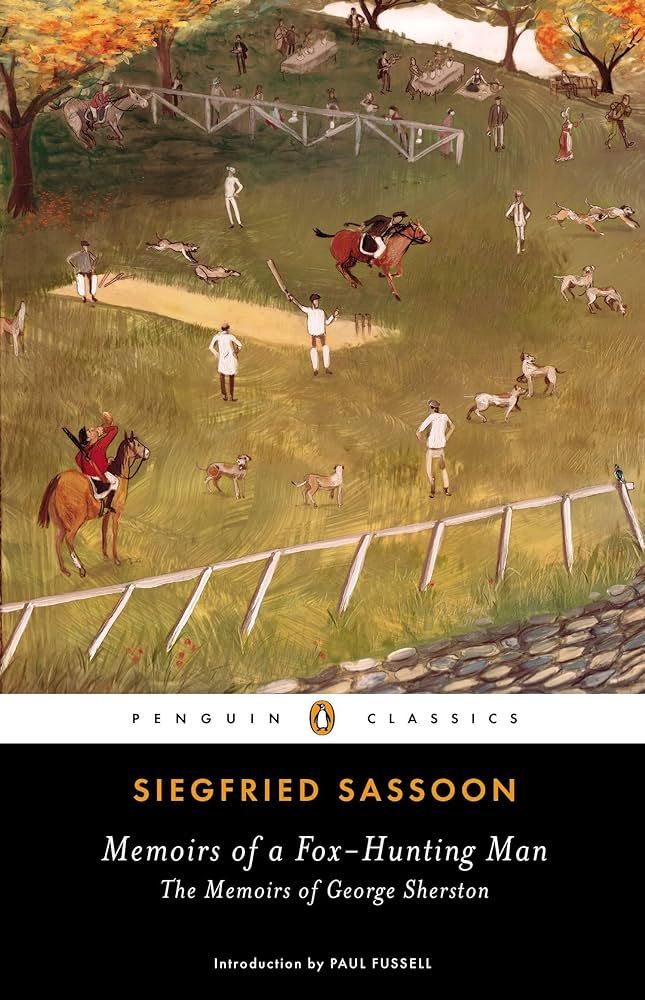
Memoirs of a Fox-Hunting Man by Siegfried Sassoon
If the name Siegfried Sassoon rings a bell, it’s likely not because of his long-form writing. Sassoon was among some of the most well-known poets of the First World War, and it took him nearly a decade to try his hand at writing a novel. It was initially published without his name attached, and it’s a semi-autobiographical book about the brutality of war. This is the first volume in a trilogy.
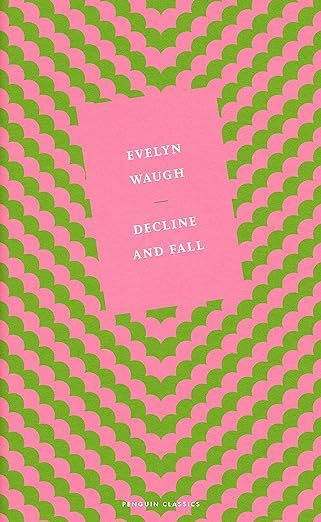
Decline and Fall by Evelyn Waugh
Want access to the first novel published by acclaimed writer Evelyn Waugh? This one enters the public domain in 2024. In this social satire, Paul Pennyfeather is given the opportunity to be the head of an all-boys private school — and with that comes a host of misfit colleagues. When Sports Day comes, it’s all going downhill.

A Mirror for Witches by Esther Forbes
Want a book about the witch hunts in New England that predates The Crucible? Look no further. The book is set in Salem and is about a young girl who believes the accusations being lodged against her — that she is indeed a witch.
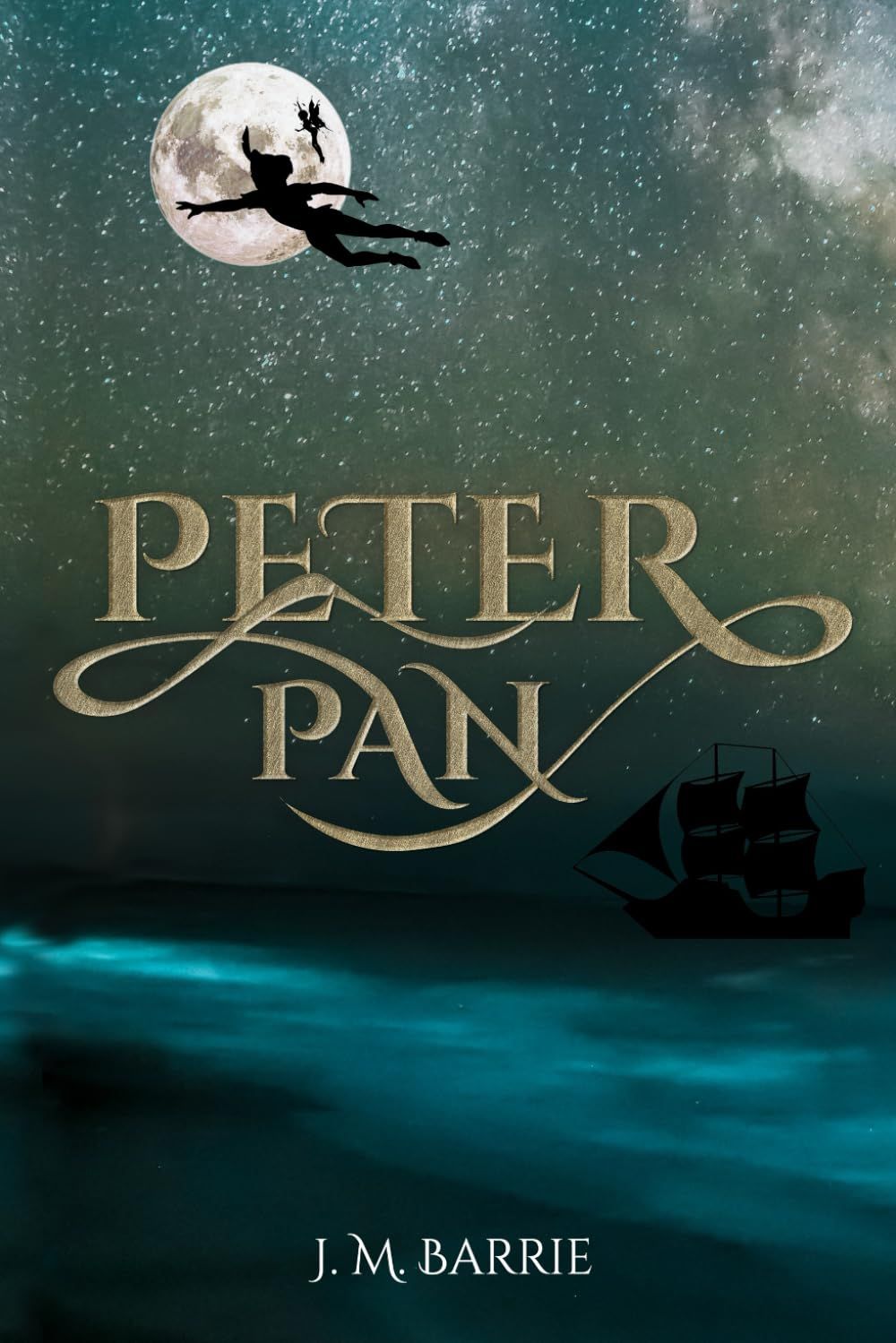
Peter Pan by J. M. Barrie
It seems appropriate to end this roundup of the notable books hitting the public domain in 2024 because it really epitomizes how complicated copyright is. Peter Pan the book has been in the public domain for years, as it was published in 1911. However, the book isn’t the original; the play is, and due to several changes in copyright law, the play has been copyright-protected.
This will change in 2024…in the United States. The story and its characters are subject to different laws in the UK, which are worth reading about.
It’s likely we’ll begin to see more theatrical performances and interpretations of Peter Pan across the U.S. in the coming years.
